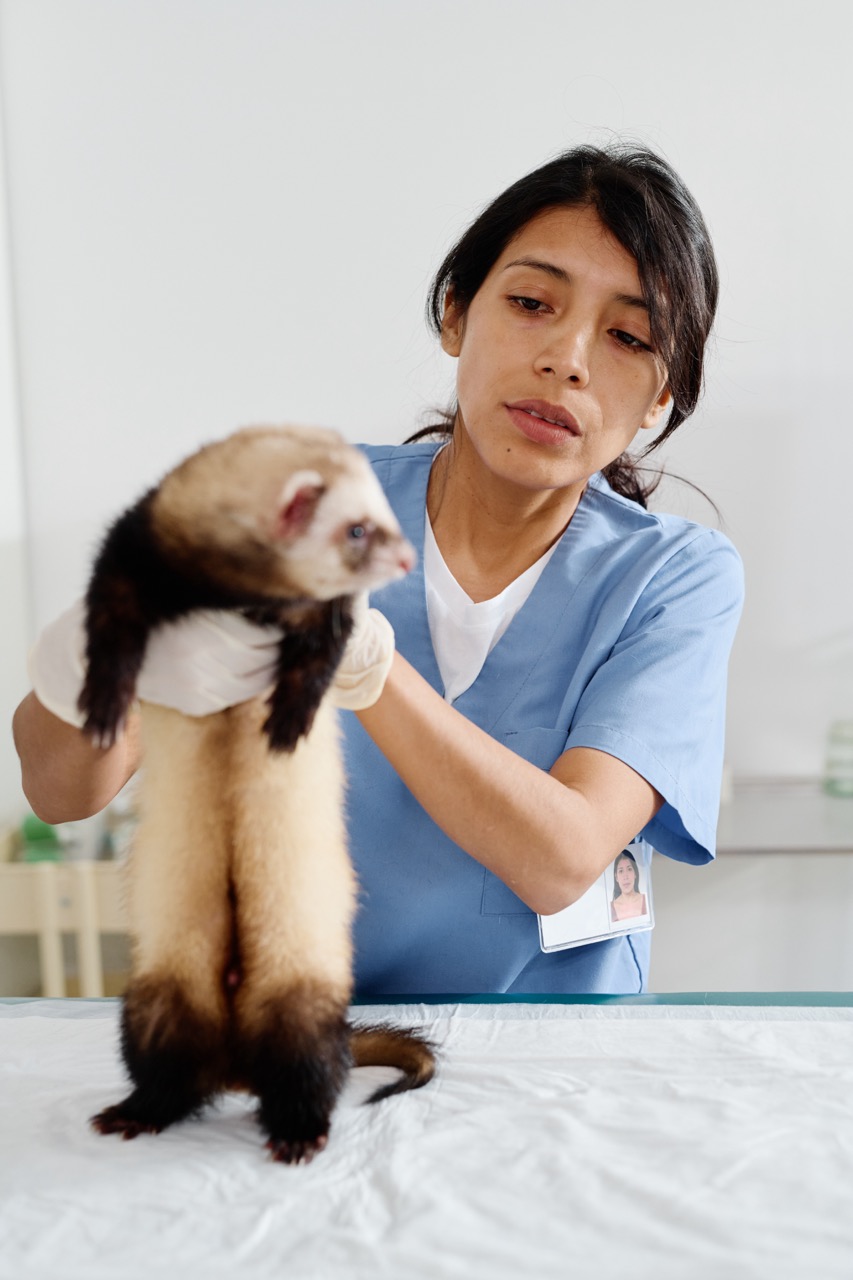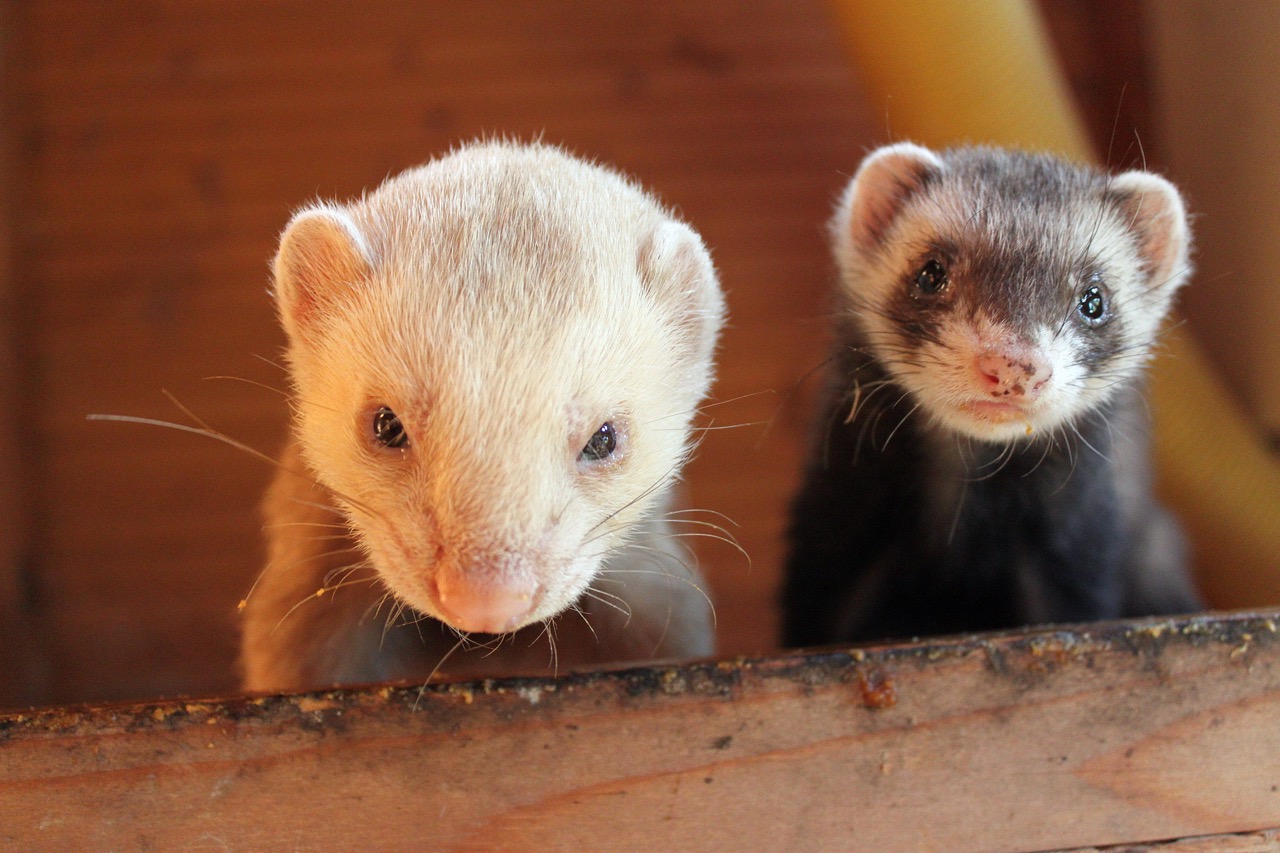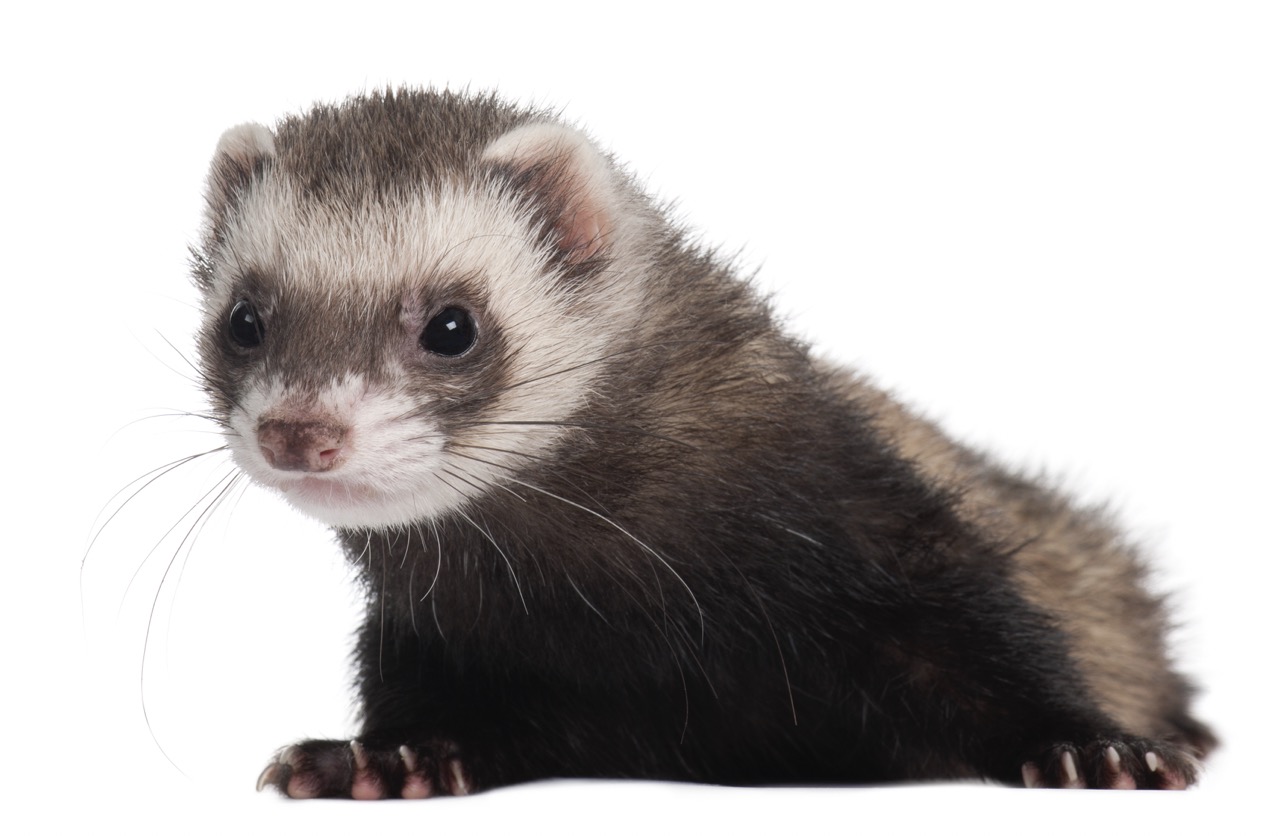Ferrets are playful and curious creatures that have captured the hearts of many pet owners. However, their unique biological needs often come with specific care requirements, one of which is the molt cycle. Understanding how and why ferrets shed their fur is crucial for maintaining their health and well-being. This article delves into the intricacies of the ferret molt cycle, the factors that influence shedding patterns, signs of a healthy molt, and effective management strategies for ferret owners.
Understanding the Ferret Molt Cycle and Its Importance
The ferret molt cycle is a natural process where ferrets shed old fur to make way for new growth. Typically, ferrets experience two major shedding phases throughout the year, coinciding with seasonal changes. During these periods, they lose fur more prominently, particularly in spring and fall, as they adapt to environmental temperature shifts. This natural shedding is essential for maintaining a healthy coat and skin, allowing ferrets to regulate their body temperature more effectively.
The molt cycle contributes not only to the physical health of the ferret but also plays a vital role in overall well-being. A healthy coat helps protect against pests and external elements, while also allowing for proper skin ventilation. Moreover, a notable change in shedding patterns might signal underlying health issues, such as hormonal imbalances or nutritional deficiencies. Therefore, understanding the molt cycle can help owners monitor their ferret’s health and detect potential problems early on.
In addition to physical health, the molt cycle can also affect a ferret’s behavior. During shedding periods, ferrets may exhibit increased grooming and might become more sensitive to touch as their skin becomes more exposed. Awareness of these behavioral changes can prepare owners to provide the necessary comfort and care, ensuring a smoother transition through the molting phase.
Factors Influencing Ferret Shedding Patterns and Timing
Several factors can influence when and how ferrets shed their fur. The most significant is environmental temperature. Ferrets are sensitive to changes in their surroundings, and as the seasons change, so does their need to adapt their fur accordingly. Warmer temperatures typically trigger a more extensive molt, while colder conditions may lead to less shedding as ferrets retain their fur for insulation.
Another critical factor is the age and health of the ferret. Younger ferrets tend to have more vigorous growth cycles and can shed more dramatically than older ferrets. Health conditions, such as allergies, stress, or hormonal changes, can also affect shedding patterns. In some cases, a ferret may shed excessively due to stress from changes in their environment or routine, highlighting the need for a stable and low-stress living situation.
Diet plays a pivotal role in the health of a ferret’s coat as well. A well-balanced diet rich in protein and essential fatty acids promotes healthy fur growth and shedding. In contrast, malnutrition or an imbalanced diet can lead to poor coat quality, resulting in irregular shedding patterns. Therefore, it’s essential for ferret owners to be mindful of their pet’s diet and consult with a veterinarian if any concerns arise.
Signs of a Healthy Molt: What to Look for in Your Ferret
Identifying a healthy molt involves observing the ferret’s overall condition and behavior during the shedding process. A typical molt should result in a gradual loss of fur without excessive clumping or bald patches. Owners may notice tufts of fur around the living area, which is a normal outcome of the shedding cycle. The presence of dander during this phase is also common; however, an excessive buildup may indicate underlying skin issues that require attention.
In addition to the physical appearance of the coat, it is essential to monitor the ferret’s skin during the molt. Healthy skin should be free from redness, irritation, or lesions. A well-functioning molt will not leave the skin flaky or overly sensitive. If these symptoms arise, they could indicate allergies or health problems that warrant a visit to a veterinarian for a thorough examination.
Behaviorally, a ferret undergoing a healthy molt might show increased grooming behaviors and a desire to nest or burrow. They may seek out cozy spots to rest more than usual, as the shedding process can make them feel slightly uncomfortable. Owners should ensure their ferrets have suitable bedding and a safe environment to help them through this natural phase calmly.
Managing Ferret Shedding: Tips for Owners and Caregivers
Managing ferret shedding effectively requires consistent grooming and environmental adjustments. Regular brushing is a crucial component of care during the molt cycle. Owners should aim to brush their ferrets several times a week to remove loose fur and reduce the amount of hair that ends up in living spaces. Using a soft-bristled grooming brush designed for small animals can make this process enjoyable for both the ferret and the owner.
Maintaining a clean living space is also vital during the shedding period. Frequent vacuuming and washing of bedding can help minimize the buildup of fur and dander, creating a healthier environment for both the ferret and their owners. Additionally, providing a humidifier during dry seasons can help keep the air moist, reducing skin irritations and promoting a healthier coat.
Lastly, ensuring a balanced diet tailored to a ferret’s nutritional needs is essential for managing shedding. High-quality ferret food containing sufficient protein and fats supports a healthy coat. Owners should also pay attention to their ferret’s hydration, as adequate water intake is crucial for skin health. If concerns regarding excessive shedding or changes in behavior arise, consulting a veterinarian can provide insights and recommend appropriate adjustments to the ferret’s care regimen.
Understanding the ferret molt cycle is essential for any ferret owner looking to provide optimal care for their companion. By recognizing the natural patterns of shedding, monitoring health indicators, and implementing effective management strategies, caregivers can ensure their ferrets maintain healthy coats and overall well-being. With attentive care and regular monitoring, the challenges of ferret shedding can be effectively managed, allowing for a happy and healthy life for these delightful pets.










